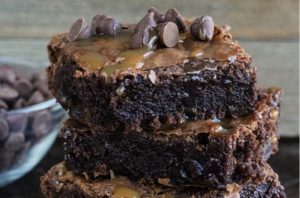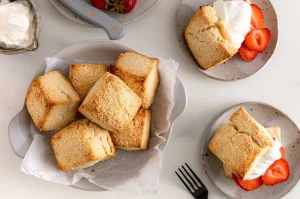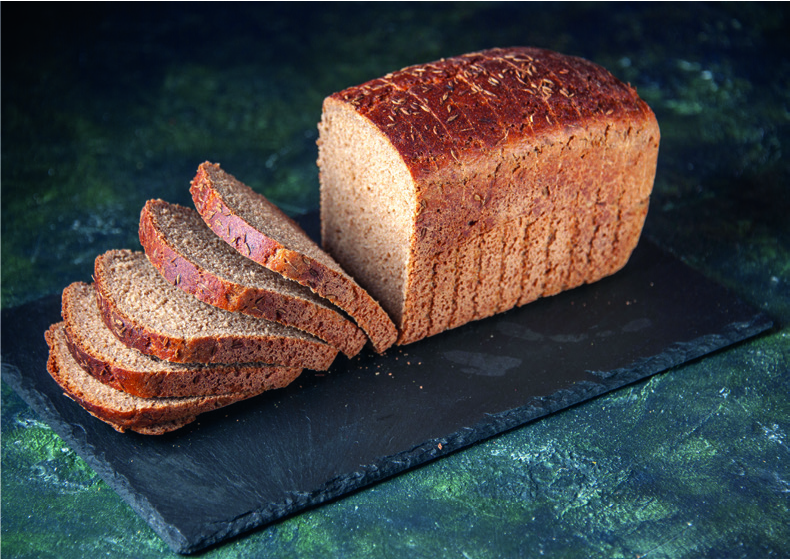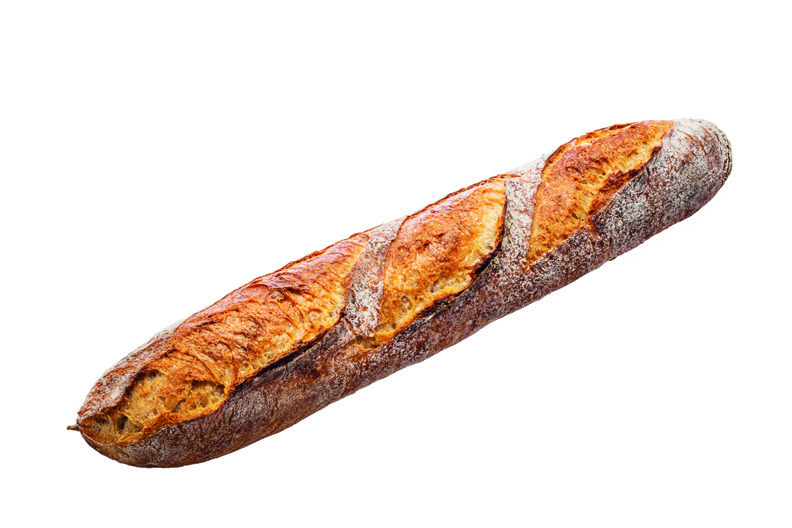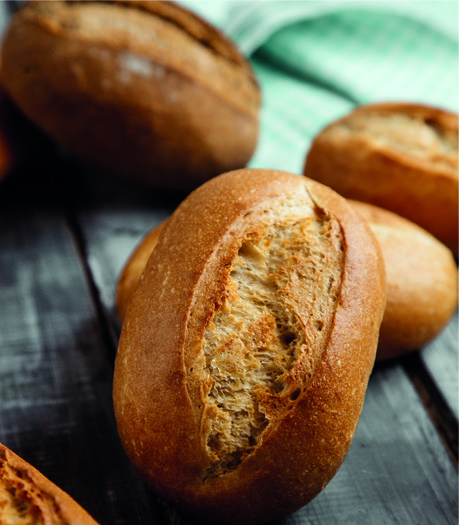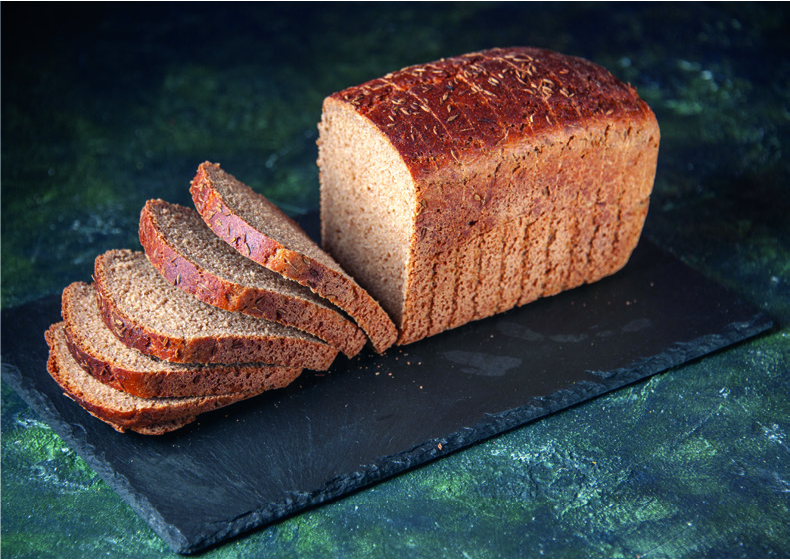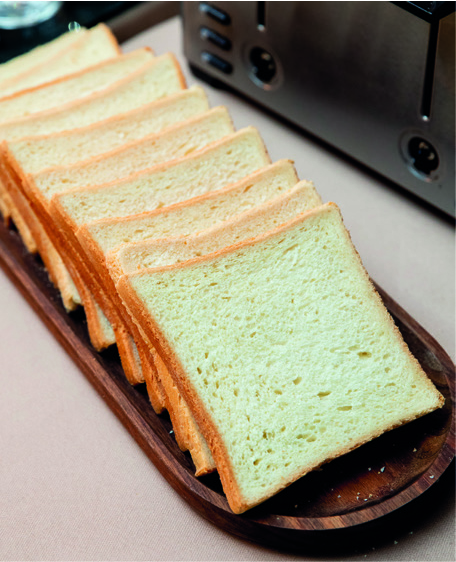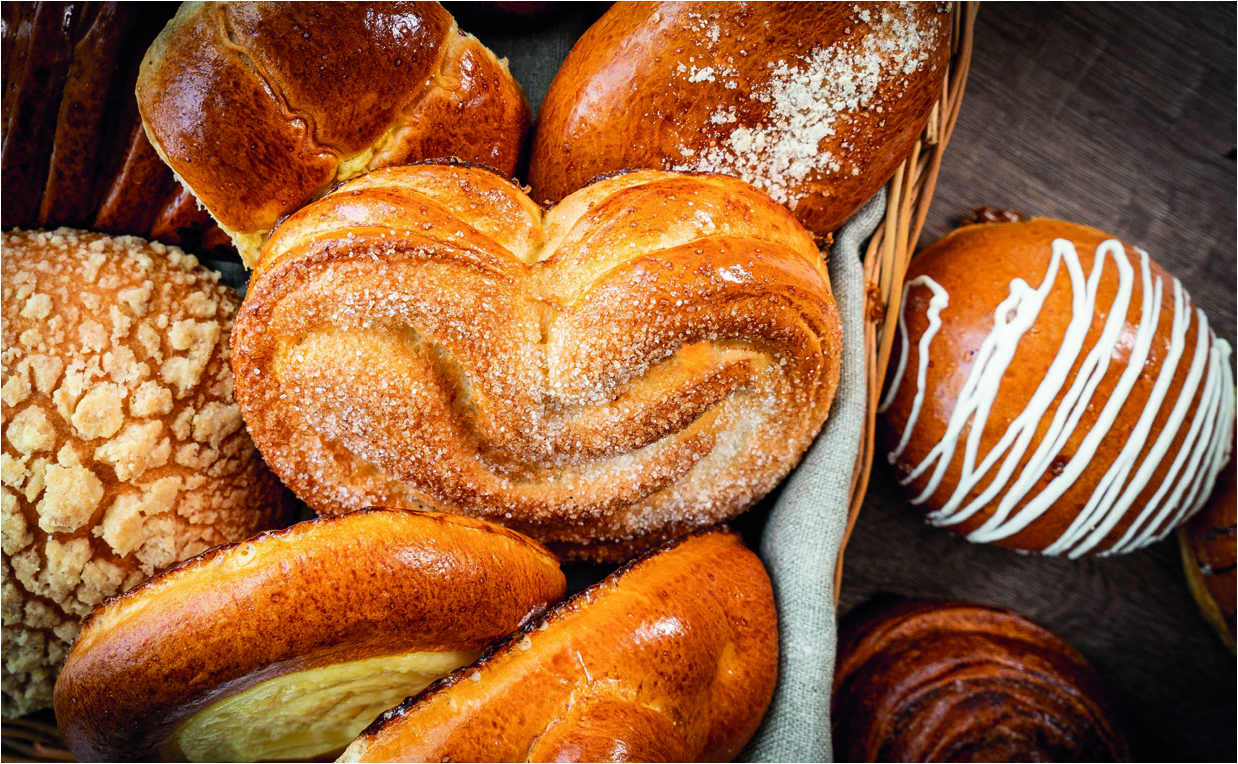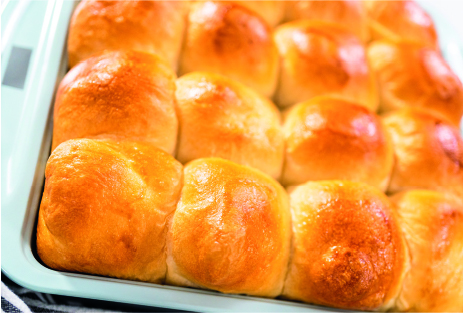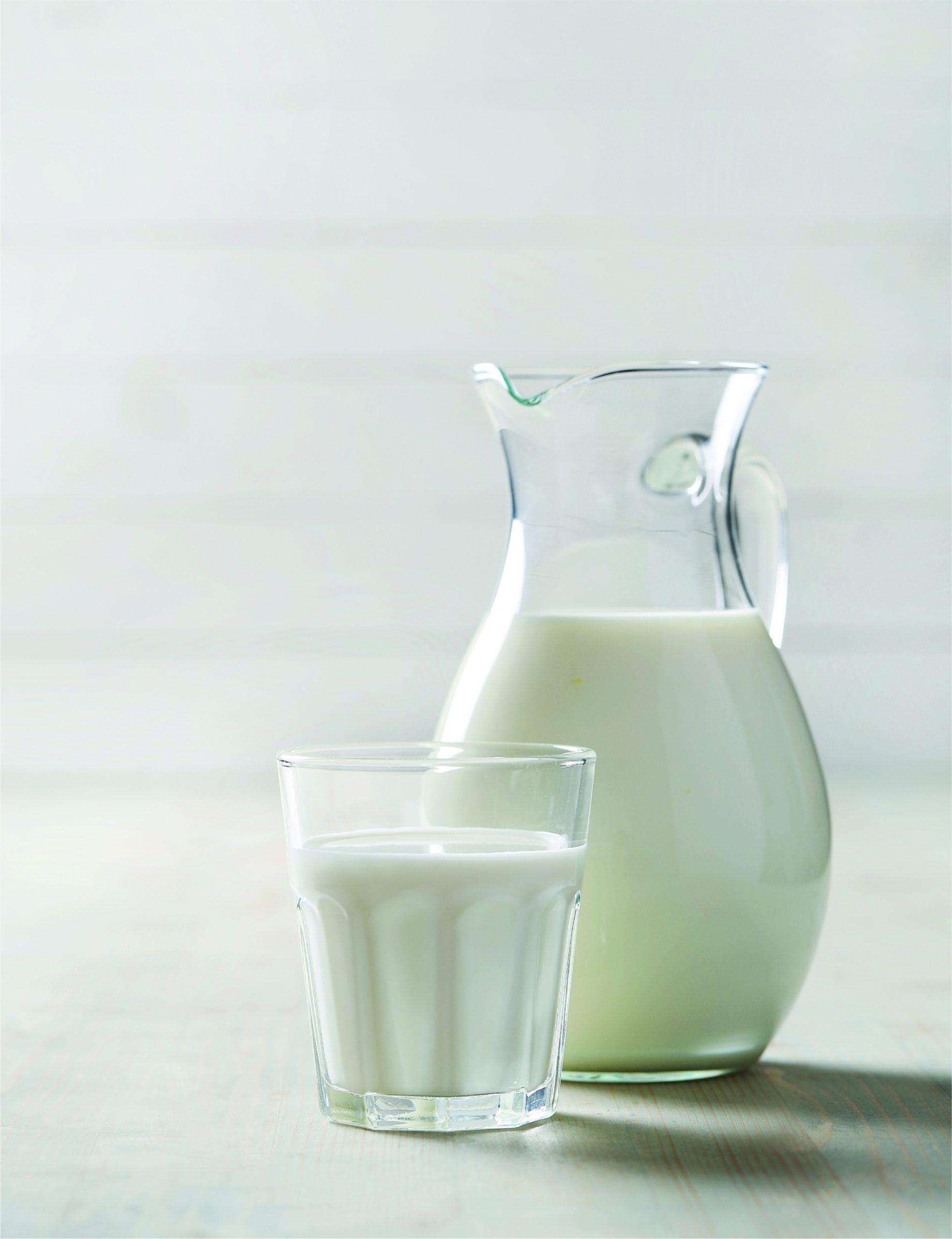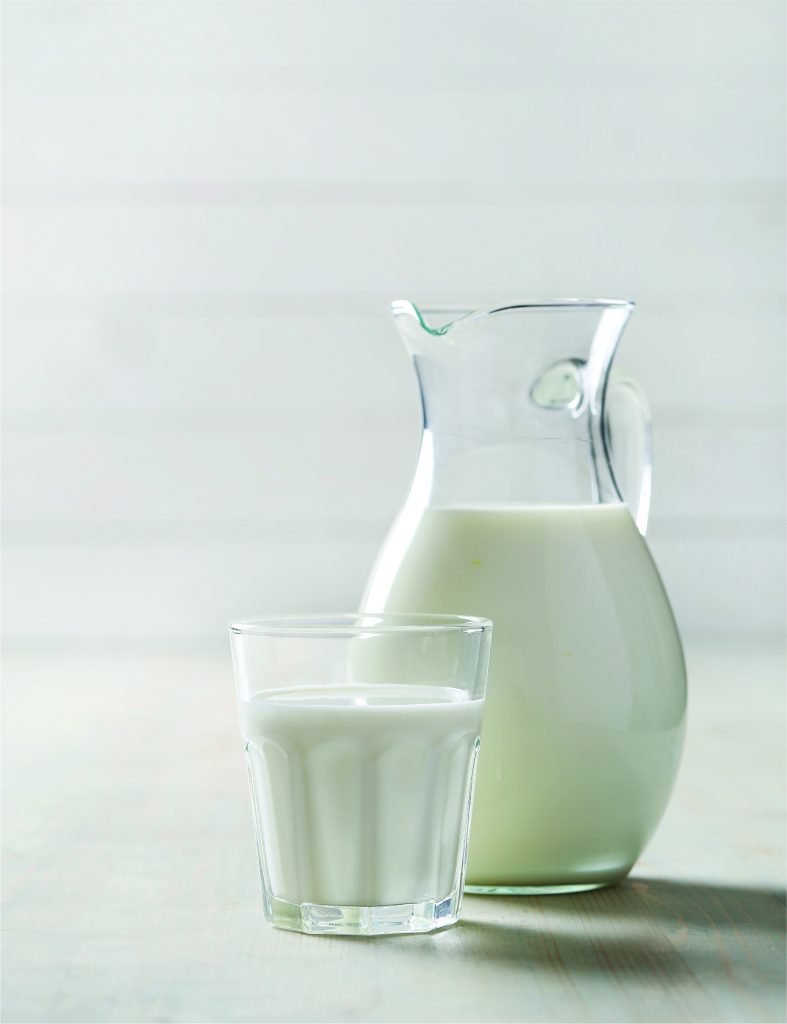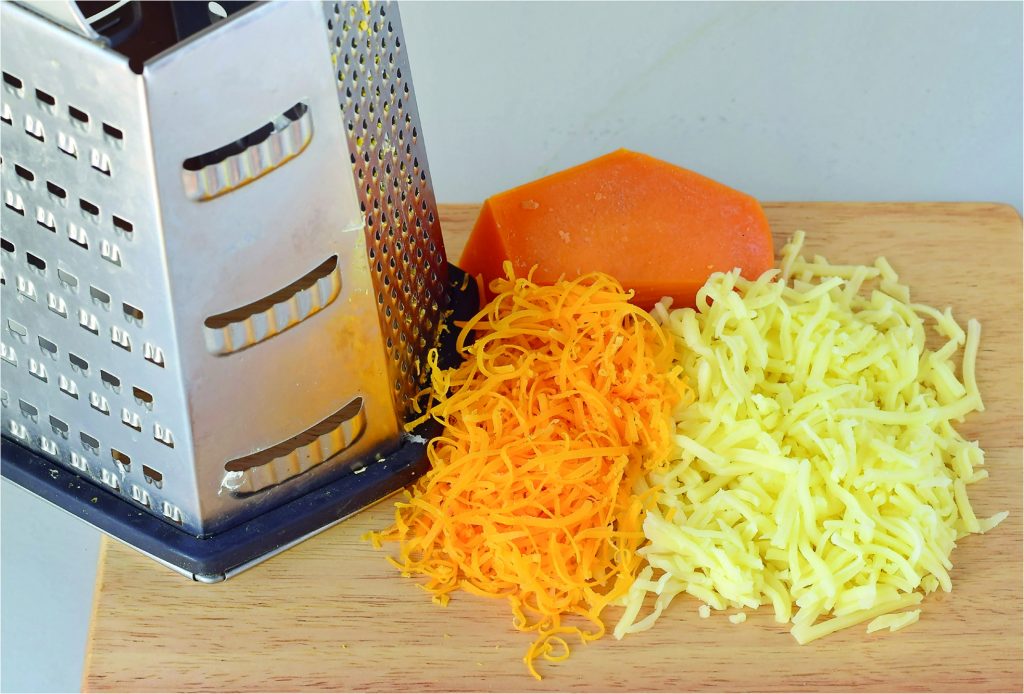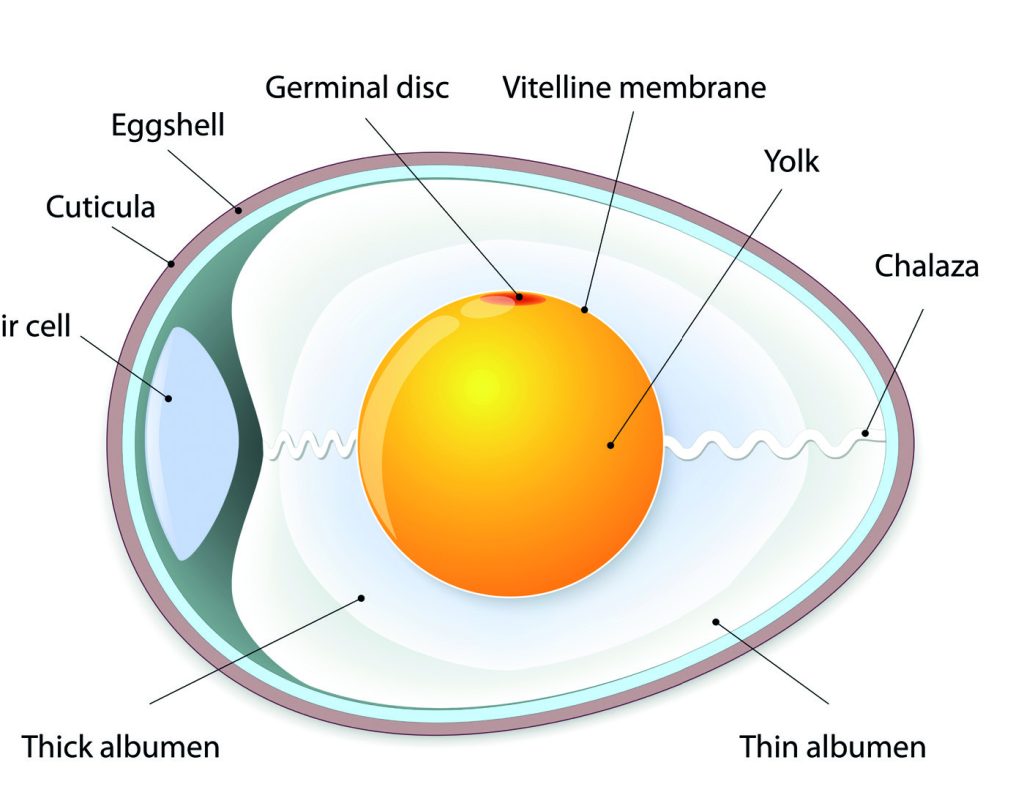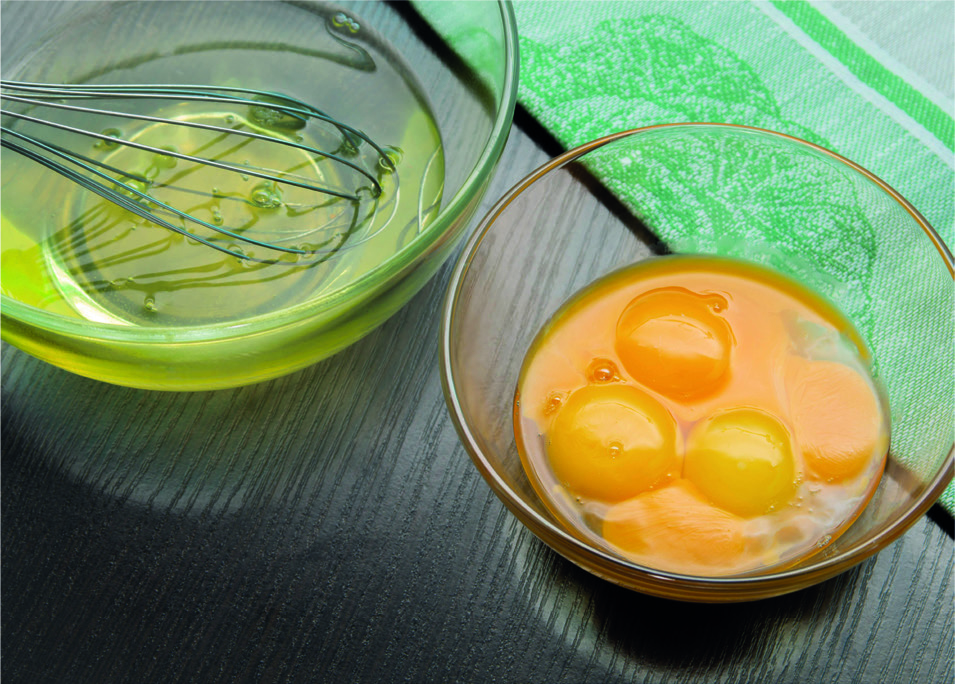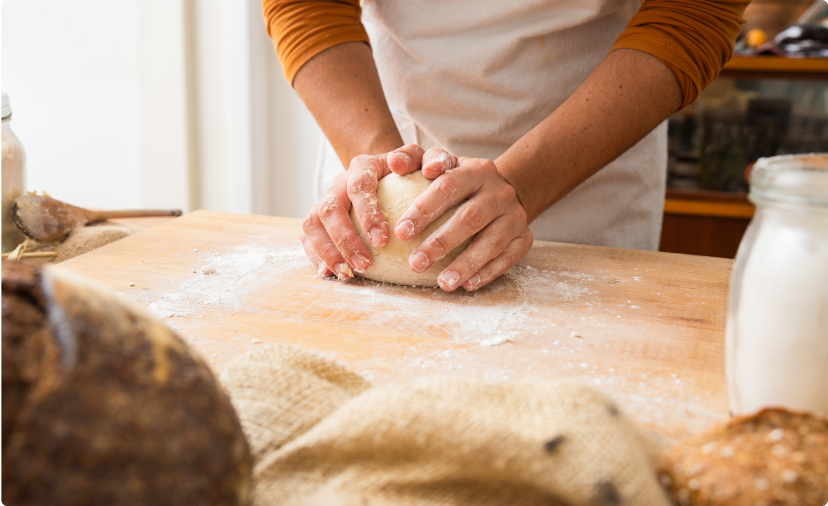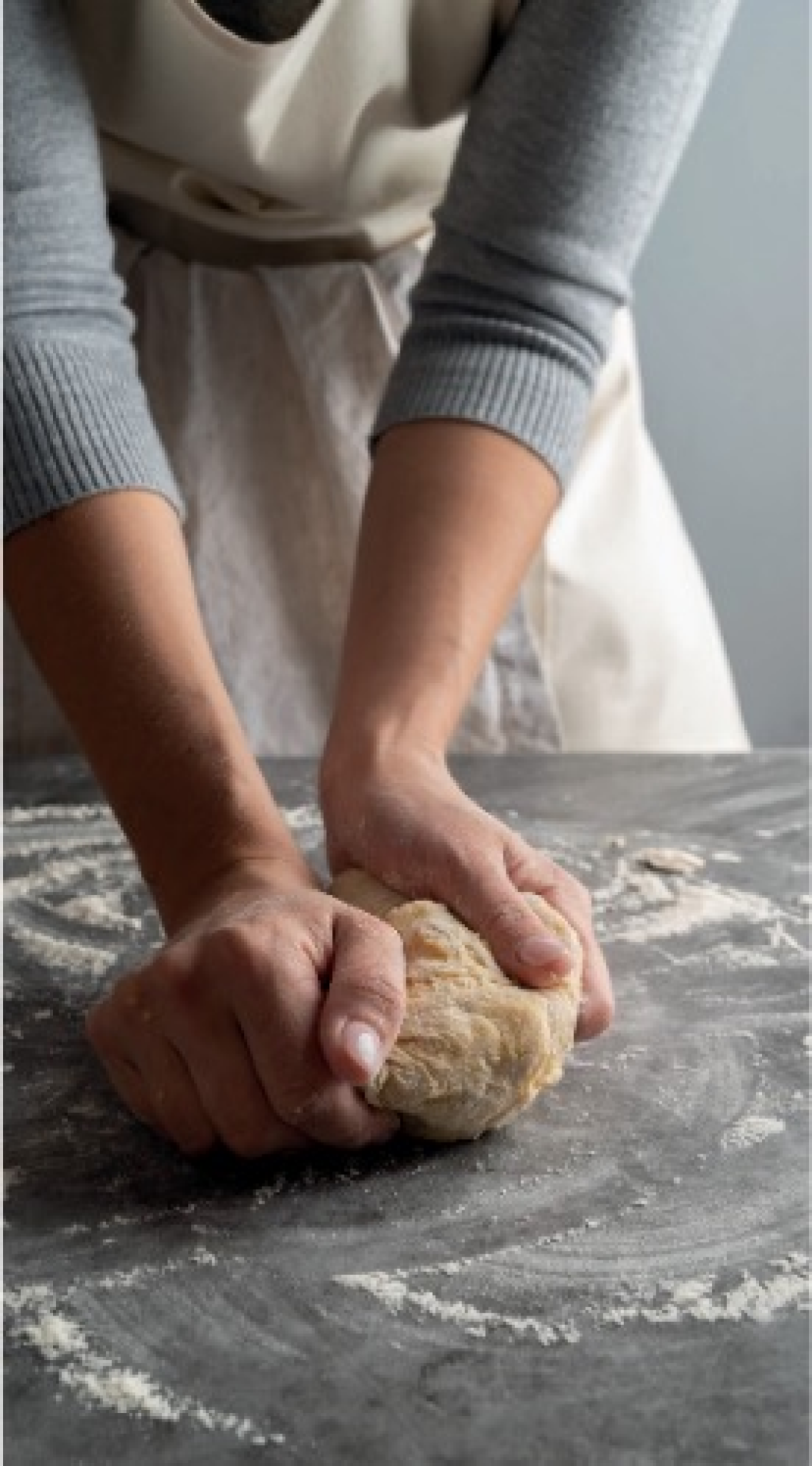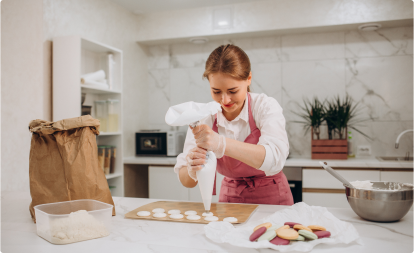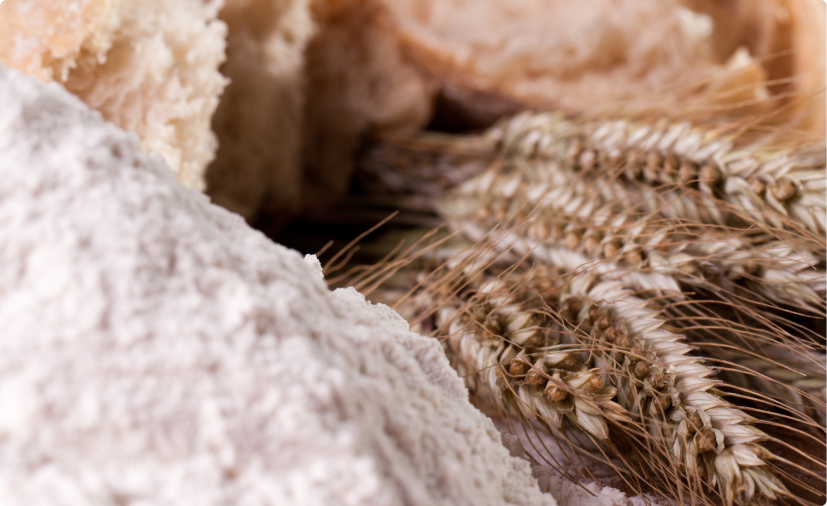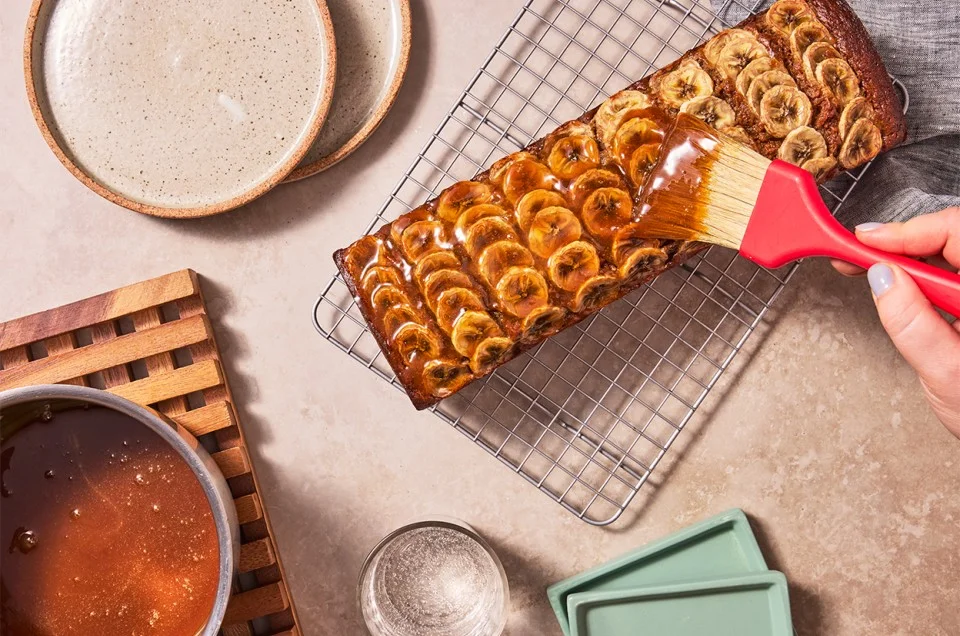

5 Bakes to Say I Love You this Mother’s Day
By: RedmanShop | May 6, 2025
Gift Your Love Through Aromatic Bakes
As we approach Mother’s Day, few things express honour, love, and affection quite like a handcrafted gift from the heart… So why not create something that says her in a single bake?
From biological mothers to grandmothers to even mother figures in our own lives, it’s important to take a moment and honour the amazing women who have significantly contributed to our growth and well-being. Whilst Mother’s Day is celebrated differently around the world, here at RedMan, we’d like to honour mothers with a special sweet treat!
Whether you’re reading this as a novice baker or someone who simply needs inspiration or even someone who doesn’t really know where the kitchen is, we’re putting a fun twist on this meaningful day. What better way to say, “I love you” when you can bake someone special for her this Mothers’ Day. And just as every mother loves differently, every bake says “I love you” in its own special way. So, which bake do you think would melt your mum’s heart?
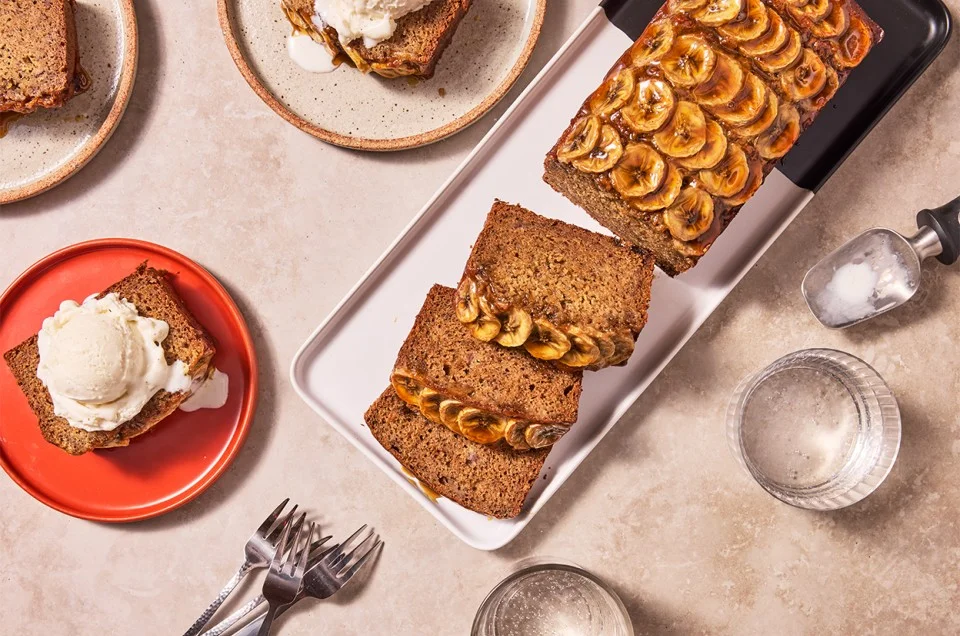

1. Soft like a Banana Bread Bake
Versatile, simple yet delicious, a Banana Bread is the perfect gift to bring joy and comfort to mothers who are defined by their warmth and affection. The one where her love language is most likely the act of giving, and this Banana Bread will perfectly resemble that. This recipe represents good memories, good taste and overall simplicity; so commemorate her efforts and gift the love that she deserves. To make it more special for your mum, customise it to your mother’s liking even more… If she loves chocolates, customise your banana bread with chocolate chips or sprinkle a pinch or two of enriching cocoa powder for that elevated flavour! Sweetness will fill the air as you create this flavourful bake for your mum.
If you find this recipe slightly out of your league or way off (let’s be honest), we’ve shared here also, a simpler yet equally special gift idea for you. Why not assemble a whole DIY set filled with ready-to-bake ingredients for your mum? It’s easy: RedMan is currently having a special offer on the Banana Bread Mix – did we mention they’re gluten-free too? Amp up the bread’s flavour profile by adding some 100% Roasted Coffee Beans or a mix of fruits, seeds or nuts. Arrange that with sturdy equipment like a Loaf Pan and you’ve already got yourself a perfect gift set ready to go!
Get the recipe: Banana Bread Cake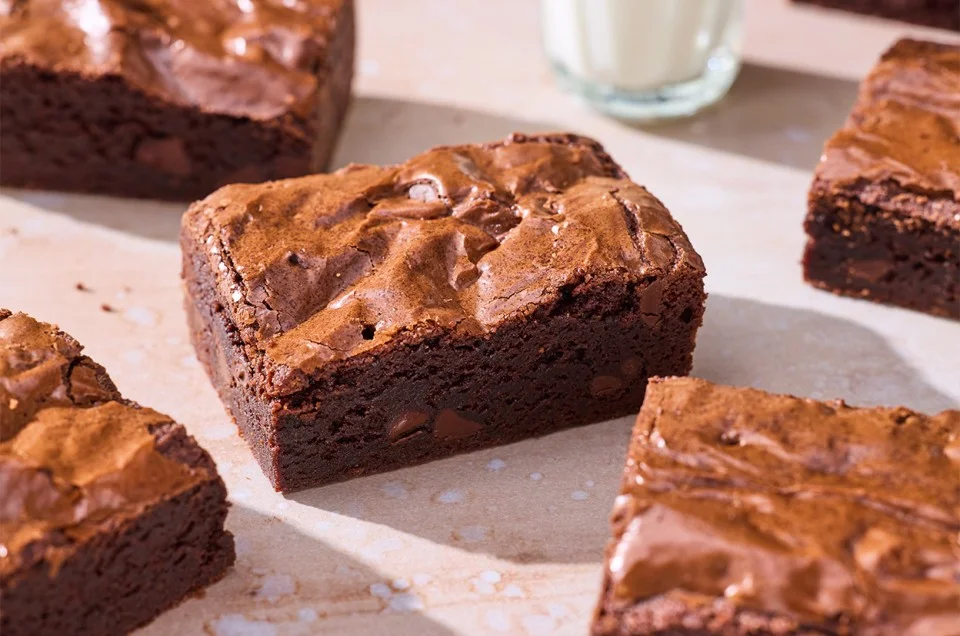

2. Strong like a Chocolate Brownies
Whether fudgy, chewy or soft on the inside, Chocolate Brownies are always a go-to for that yummy, simply satisfying bake. One that symbolises adventure and strength, jam-packed in a single square of goodness. We believe a strong woman deserves a delicious bake that never disappoints and Chocolate Brownies do exactly that! This treat is for a mother who leads life with strong morals and loves her children with her trust, strong and stable presence. Now, we’re making it easier than ever to make a batch that your mother will absolutely love!
An alternative gift for you non-bakers is to save some extra time and grab a special Brownie Mix for her baking adventures. Ready-made cake mixes also allow her to get creative and add her own twist to the batter. And remember, crafting the perfect brownies requires the right tools! So pair the mix with a high-quality Spatula and a Square Pan and voilà, you’ve assembled a gift that’s both thoughtful and practical.
Get the recipe: Chocolate Brownie

3. Soothing like a Cream Cheese Tart
Soft at the center, solid around the edges. This doesn’t only describe a delicious Cream Cheese Tart but also a woman who may seem tough at first glance, yet has a her heart full of love and care for the people around her. She expresses her love subtly, but her constant support is evident through her powerful presence. This recipe is ideal for those seeking a complex, visually impressive and satisfying taste from the very first. It is truly an underrated gift that’s perfect for someone who leaves a lasting impression and adds a sense of grace wherever she goes.
No need to stress if you’re finding it tricky to perfect this delicious treat, we offer everyone expert-led classes to help you bake tarts like a pro! Better yet, treat your mum to RedMan’s special French Pastry 101 – Tarts class and turn it into a fun bonding experience for the two of you! Once you’re both done baking, showcase your masterpieces on a beautiful Maple Round Cheese Board and take Mother’s Day to a whole new level. Trust us, this gift will get your mum talking to all her friends about her wonderful family.
Get the recipe: Cream Cheese Tart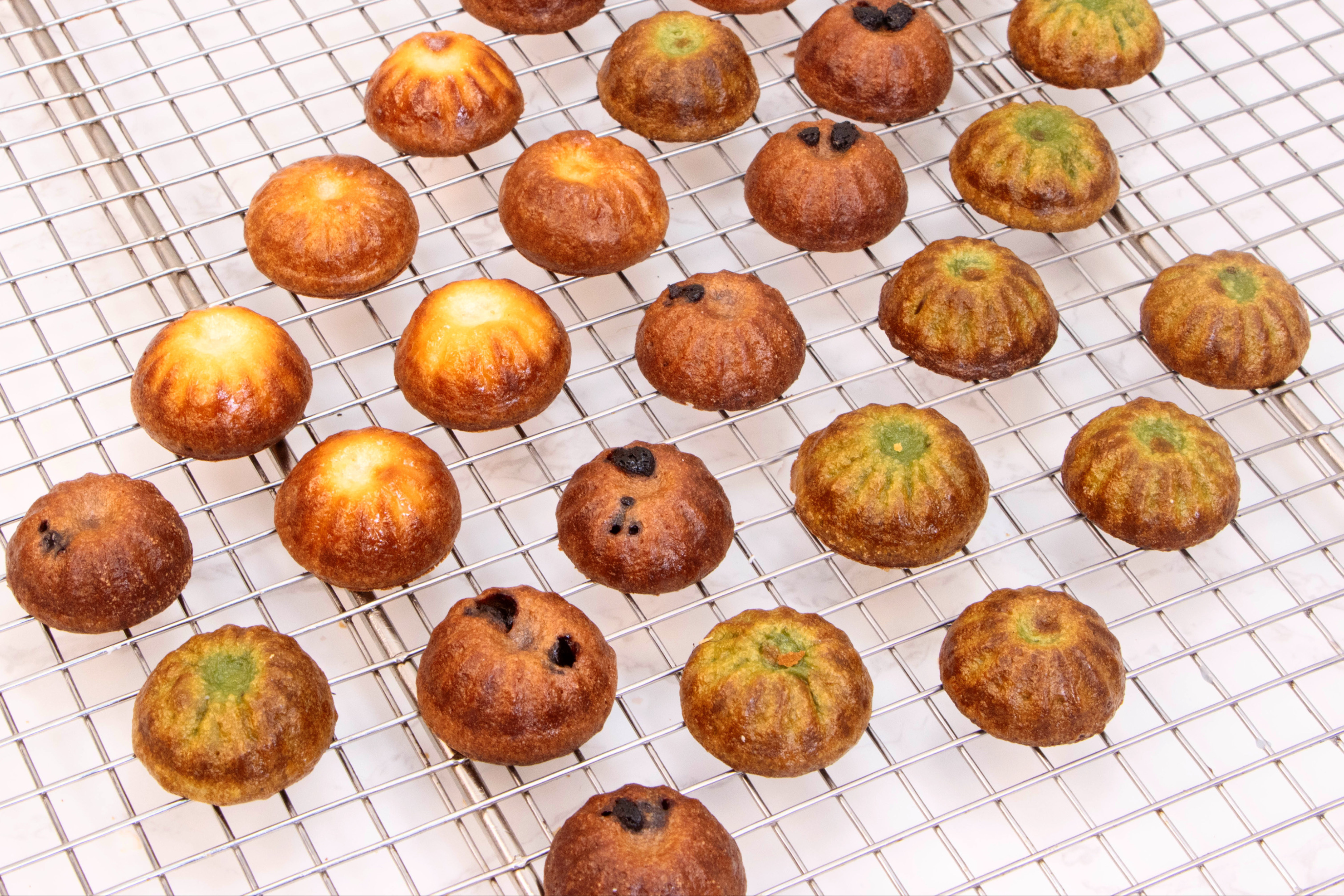

4. Versatile like a Mochi Rice Cake
Mochi Rice Cakes perfectly embody someone who’s gentle at heart, yet powerful in their own way. Striking the right balance between sweetness, complexity and charm, this recipe is specially crafted to be visually appealing as it is sweet, just like her. An ideal gift for a mother who approaches everything with a soft touch that ironically carries a lot of strength; especially in the way she loves. Just like Mochi Rice Cakes, she supports you in every way, in every bite, you’ll be reminded of her unwavering care.
To complement your dessert with something extra special for mum, why not make her a delicious glass of green tea with Hagoromo Matcha Powder! If you’re planning for a memorable bonding experience instead, RedMan offers open-level baking classes to create more loving memories in the kitchen (check out our upcoming ‘Sakura Litchi Pastry’ class). Your thoughtful gift is ready to impress!
Get the recipe: Mother’s Day Mochi Rice Cake

5. Elegant like a Tiramisu
Nothing embodies grace quite like the iconic Italian dessert, Tiramisu. It’s the perfect gift for a woman whose elegance doesn’t diminish the impact she has on those around her. Just like a mother’s love, the Tiramisu’s flavours combine tenderness and sophistication. A dessert that has a harmonious blend of rich flavours and creamy textures, Tiramisu packs a surprising kick that makes it a truly satisfying treat for Mother’s Day.
We know that Tiramisus can be challenging for some, and if baking isn’t your thing, you can still gift her with some decadent Tiramisu Mousse Cake Powder; an equally thoughtful gift that’s sure to bring a smile to her face! For a completed gift set, add an Oval Baking Pan and Silicone Spatula from our RedMan online store. You can explore our complete catalog of high-quality baking equipment and ingredients to add some warmth and personal touch to your Mother’s Day gift!
Get the recipe: Classic Tiramisu
In the end, the role of motherhood encompasses a variety of esteemed qualities that always leave a positive effect for those lucky enough to experience it. We celebrate Mother’s Day this year to commemorate those who have played a significant role in our growth and development and we’re excited to see the special gifts you’ve created for the women who have never left your side!
Baked something delicious for this Mother’s Day that is or isn’t part of the 5 recipes we shared? Take pictures/videos of your sweet creations and tag us @phoonhuat or use the hashtag #BakeForMumSG across Facebook, Instagram & Tiktok so we can cheer you on!
